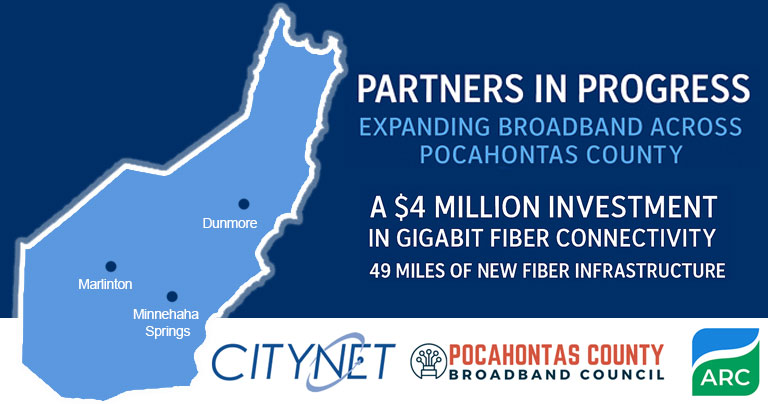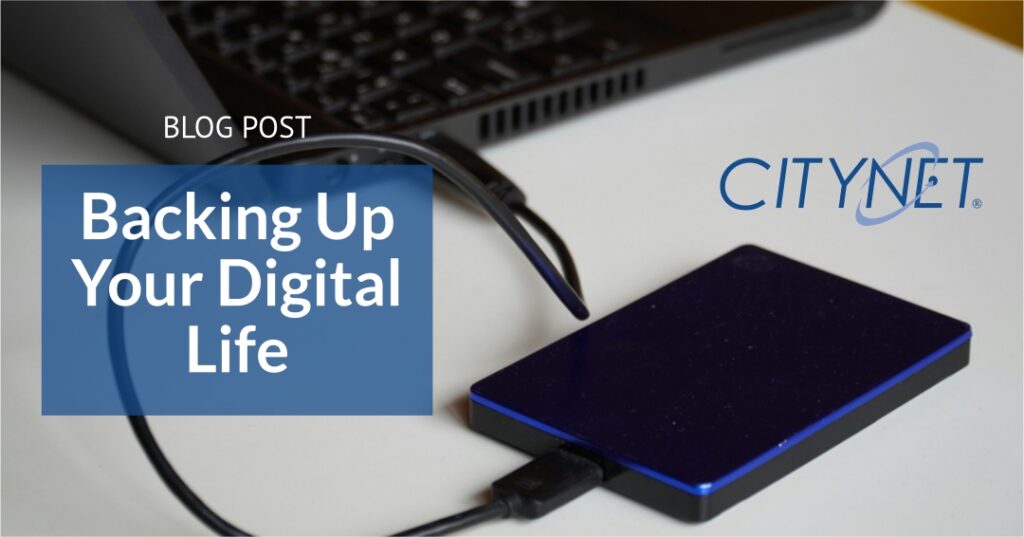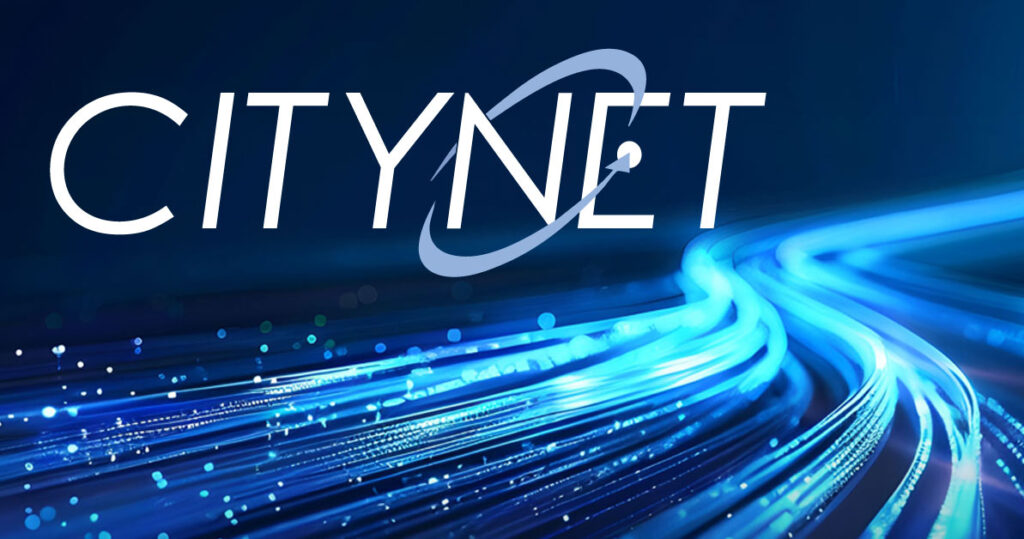As more of our lives go online, streaming, gaming, working from home, and managing smart devices, reliable Wi-Fi is more important than ever. But not all Wi-Fi is created equal. If you’ve seen terms like Wi-Fi 6 or Wi-Fi 7 and wondered how they compare to what you already have, you’re not alone.
Let’s break down the differences between today’s most common Wi-Fi versions so you can decide if an upgrade might be right for you.
Wi-Fi 5: The Workhorse Most People Still Use
Also known as 802.11ac, Wi-Fi 5 has been around since 2014 and is still the most widely used version today. It brought faster speeds and better support for multiple devices than its predecessor, making it a reliable option for general use like HD streaming and web browsing.
Key Features:
- Top speeds up to 3.5 Gbps
- Uses the 5 GHz band (less interference than 2.4 GHz)
- Good for homes with fewer smart devices
Limitations:
- Not ideal for homes with lots of connected devices
- Can struggle in larger homes or through walls
Wi-Fi 6: Built for a Connected World
Wi-Fi 6 (also called 802.11ax) came out in 2019 and is designed to handle the explosion of connected devices. It’s faster and more efficient, especially in busy households or offices.
Benefits Over Wi-Fi 5:
- Speeds up to 9.6 Gbps
- Supports more devices at once with less slowdown
- Improved performance in congested areas (think apartments or smart homes)
- Better battery life for phones and laptops
Why Upgrade?
If your home is filled with smart TVs, security cameras, phones, tablets, and gaming consoles, Wi-Fi 6 can keep everything running smoothly, even during peak usage.
Wi-Fi 7: The Next Generation (and It’s Blazing Fast)
Wi-Fi 7 (aka 802.11be) is just rolling out and is the most advanced version yet. It’s built for future-forward homes and businesses, where ultra-high-definition video, AR/VR, and lightning-fast downloads are the norm.
What’s New with Wi-Fi 7:
- Potential speeds of over 40 Gbps
- Lower latency for gaming and video calls
- Ideal for dense environments like offices, stadiums, or homes with heavy users
Should You Upgrade Now?
Wi-Fi 7 routers are available, but most devices don’t support it yet. If you want to future-proof your network, it’s worth considering, but Wi-Fi 6 is still more than enough for most users today.
The Bottom Line: Your Router Matters, But So Does Your Internet Connection
Even the best Wi-Fi router can only do so much if your internet connection is slow or outdated. Citynet’s GIG Fiber Internet delivers blazing-fast, symmetrical speeds (upload and download) and works beautifully with the latest Wi-Fi tech. Whether you’re on Wi-Fi 5, 6, or exploring Wi-Fi 7, a solid fiber backbone makes all the difference.






